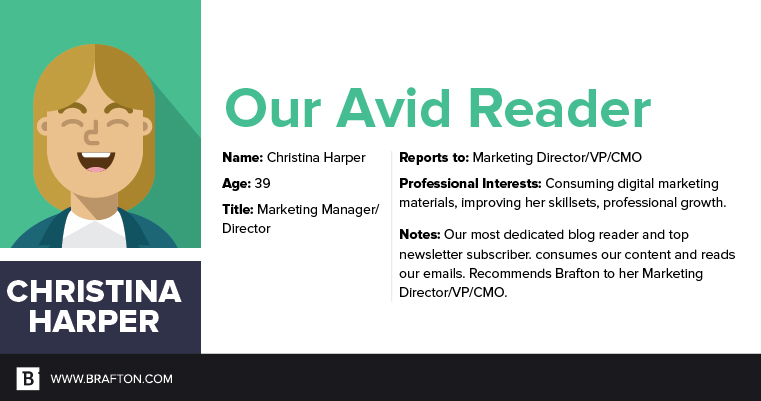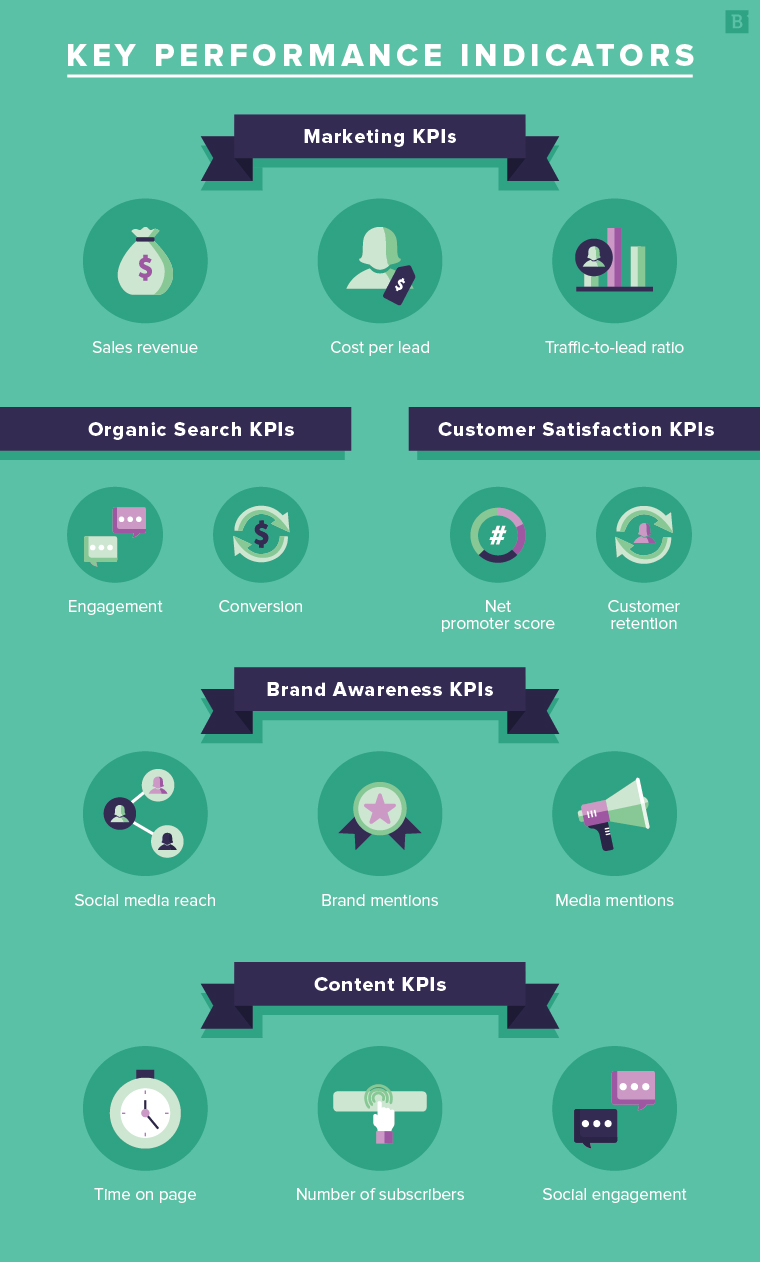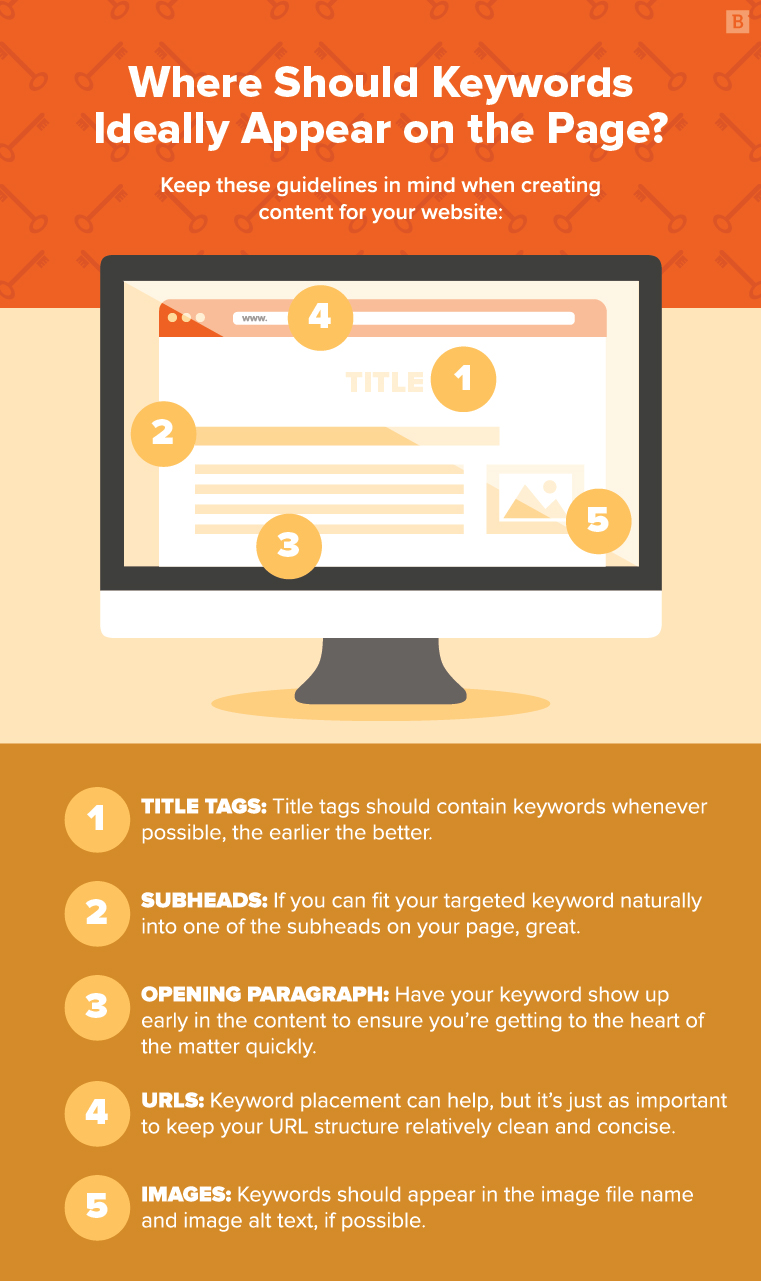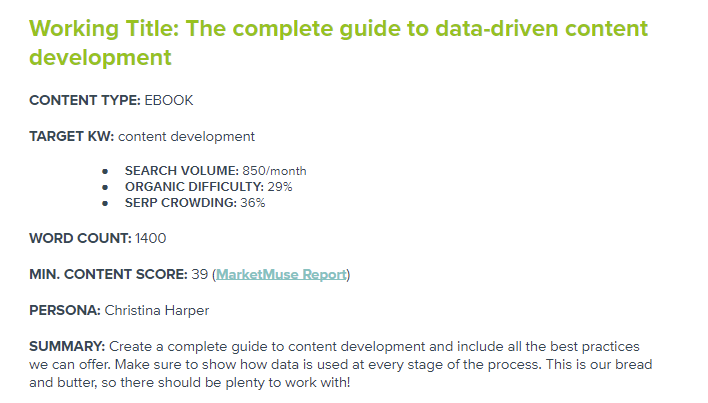What is content development?
Content development is all the things you do before, during and after content creation to ensure what you produce has value to readers and search engines. This includes analysis to identify a need for content, research to decide what content to create and measurements to see how that content performs.
Great content is never created for its own sake, and never by accident. It serves a commercial goal, and how well it serves that goal depends on the integrity of your content development process.
Cue data.
Like the stars, there’s a lot of it and it can be used as a navigation system for content marketers – guiding them as they decide what content to create.
How exactly does one do data-driven content development? We’ve created a map to help you set a course for ROI:
- Identify your target audience: Whom are you trying to reach?
- Benchmark your current performance with metrics: Where are you know?
- Develop a content strategy to boost those metrics: Where are you going?
- Conduct keyword research: What keywords will help you get there?
- Develop content briefs: How will you rank for those keywords?
- Create and promote the content: The part where you do the thing.
- Review the metrics: Adjust course, stay steady as she goes, etc. based on your findings.

Take a peek inside the printable eBook version of this guide:
1. Identify your target audience
Never make assumptions about who reads your content.
Your most avid readers might not be buyers, for instance. Some might not even have commercial value. Brafton learned through analysis of its Google Analytics and CRM data that:
- Our most avid blog readers are influencers, not buyers. This means they have sway over our buyer persona, but they aren’t the ones signing the checks.
- Not all of our readers have commercial value. CRM insights revealed that the 18-24 age group is mainly interested in internships and information for school projects.
These insights helped us develop highly specific reader personas that we should be targeting whenever we create our content.

Some of the most valuable sources of data to help you isolate your target audience include:
- CRM: Contains information about every inbound lead and customer, including the reason they reached out, the content that drove them to act, any info they provided, what (if any) products and services they signed up for and any survey data on hand.
- Google Analytics: Shows you your audience demographics, including various types of website metrics (contact requests, clicks, the number of pages visited for each session) for those demographics.
- Your sales teams: They can provide anecdotal guidance on what audiences respond well to during demos and outbound calls, and help identify the most prominent pain points they encounter.
Once you have a strong idea of who your readers are, which of them has commercial value and how much, your true target audience will start to come into focus.
2. Benchmark your current performance
This is the part of your data-driven quest where you assess what you’re doing well and where you’re not.
Just as seafarers have a compass and a nautical sextant, you have Google Analytics and Search Console to help figure out where you are.
Google Analytics
In addition to providing details about your target audience, Google Analytics gives you an idea of your site’s performance through key metrics:
- Sessions: Each session starts when a user arrives at your site and ends when they leave. How many do you have?
- Unique sessions: The number of unique users who have had a session on your site.
- Session duration: The average length of each session.
- Pages per session: The number of pages a user visits in each session.
- Time on page: How much time was spent on a given page.
- Bounce rate: Percentage of sessions that end after a visitor sees just one page.
- Page views: Total number of page views on your site, viewable for the entire domain, or just individual pages.
- Acquisitions: The sources of traffic to your site (organic search, direct, email, other).
- Conversions: Number of goal completions taken by a user (e.g., form fill).
Search Console
Google Search Console assesses your site’s search performance using key metrics such as:
- Impressions: How many times one of your page URLs appears in organic search engine result pages (SERPs). You can also assess impressions by domain to get a total number for all the pages on your site.
- Queries: Search queries that generated an impression.
- Clicks: Number of times a user clicks on one of your URLs in the search results.
- Click-through rate (CTR): A ratio of clicks to impressions.
- Average position: An average for where your site ranks for queries.
As you pore over data from Google Analytics and Search Console, you’ll get a better picture of your audience, the main sources of site traffic, how effectively you’re engaging users and other key insights that will inform your content strategy.
This will all be critical for the next phase of web content development.
3. Develop a content strategy designed to boost KPIs
One of the hardest parts of data-driven content development is figuring out precisely what the data means. There is no X marks the spot. Each key performance indicator (KPI) is a clue of sorts, hinting at the things that you’re doing wrong and suggesting at what actions might make it right.

For example: At face value, high pages per session is a positive KPI. It seems to indicate engagement. They liked the first page so much, they moved onto another on your site.
However, if the average time on each of those pages and the session duration are short, it could be a sign that users are scanning your site, page-by-page, for information that they’re just not finding.
This could be because your UX leaves something to be desired, or because your landing page copy and your FAQs aren’t covering the right topics.
The only way to know for sure what you’re doing wrong is to turn over a few stones.
So in the aforementioned scenario, perform a UX audit, and run your landing page copy through a tool like MarketMuse to see what topics you should be covering to better satisfy searcher intent.
Take some time to really dig into the data. You won’t strike gold every time, and you’ll bark up a few wrong trees, but it’s all part of the content development process.
Don’t assume that creating more web content will solve your problem. It has to be the right content for your problem.

4. Conduct keyword research
If you’re creating web content like landing pages and blog posts, you need to optimize it to rank in search. You want your content show up on the first page of results because that’s where 95% of web traffic goes.
Ranking on Page 1 isn’t an accident. It takes research to figure out what keywords web users actually type into a search bar, and each piece of content you create should attempt to rank for one or more of those keywords.

You can identify keywords that align with your industry using reputable keyword research tools such as:
- SEMrush.
- Moz Keyword Explorer.
- Ahrefs.
- KWFinder.
Any of these will provide important metrics tied to each keyword, including:
- Search volume: A measure of how many people search for this keyword each month.
- Difficulty: A score that predicts how difficult it is to rank for a certain keyword.
Try to target keywords that have a monthly search volume of 50 or more, and a mid-to-low keyword difficulty (KD) score. It could be worth comparing the difficulty score to your domain authority. As a general rule of thumb, we target keywords that are 10 points or lower than our domain authority. So for a DA of say, 60, a keyword difficulty score of 50 should be the limit.

It often makes more sense to build a content marketing strategy in which you target many keywords with lower monthly search volume and lower difficulty as opposed to pouring resources into one highly competitive keyword you’ll never rank for.
If you successfully rank for keywords with low search volume, you’re also likely to rank for variations of the term – and this increases the total search volume you’re getting from targeting that topic.
Furthermore, ranking well for any keyword, even a low-volume one, has a ripple effect on your search presence. If your content is findable on search, it’s more likely to be seen by whoever’s searching for those keywords.
This, in turn, makes it more likely to be shared as social media content and ultimately linked to on other blogs. These backlinks boost page authority and consequently improve domain authority – and that has a big impact on your search performance.
The point is, long-tail keywords – and keywords with low commercial intent – are still highly valuable to your target audience. An example would be “how to develop a content strategy.” Remember how we said we figured out our most avid reader is an influencer?
Well “how to develop a content strategy” is exactly the type of question that those influencers might ask.
By answering it for them, we earn a chance to engage them on the web and establish brand awareness. Long before we earned that chance, we figured out who they were by identifying our target audience, and what they’re searching for by performing keyword research.
Long-tail keywords and keywords with low commercial intent are still highly valuable to your target audience.
Furthermore, we figured exactly how to rank for those keywords in our content, which carries us to the next strait of our journey …
5. Develop content briefs
What goes into a content brief?
An analysis of the top-ranking website content for each keyword.
The results of this analysis are then represented as directions for what to include in content in order to rank for that keyword. For instance, a brief will summarize:
- Average word count.
- Main questions to answer.
- Secondary keywords to include.
- Major topics to discuss.
- Meta description.

This is a critical aspect of proper search engine optimization (SEO). By closely analyzing the content that Google has deemed most relevant to your target keywords, you’re taking the guesswork out of content writing – think of it as reverse engineering the best content on the web.
Tools like MarketMuse and SEMrush’s SEO content template help automate this process – they perform the analysis of SERPs so you don’t have to go from search result to search result, tallying how many times certain secondary keywords were used. Include this information in your brief, and use it to develop content ideas.
6. Create and promote the actual content
Finally, you begin creating your engaging content.
Keep in mind that gated assets like white papers, case studies and eBooks are not visible to Google crawlers. That’s fine, since the whole point of gated assets is to draw your top-of-funnel traffic deeper into the sales funnel. If your audience is wowed by your blog posts, they’re more likely to give you an email address to get on a newsletter subscription or to download an asset that takes a deeper dive into a subject.
The content development process for deeper-funnel assets is a little different, but the goal is the same: they should deliver on relevance and quality. Interview subject-matter experts at your company if you have to – just make sure that the content you provide won’t make them regret subscribing.
As is the case with any high-value, high-impact content, you have the opportunity to deliver genuine thought leadership. If your goal is to put data at the forefront of your content creation, hopefully you can generate lasting results — measurable and immeasurable. For some assets, the result might be pure search rankings; for others, you might be on the path toward becoming a thought leader in your space, through email, social media or third-party publications.
7. Review the metrics
When it comes specifically to SEO, it can take 100 days for a piece of website content to fully “mature” into its ranking, meaning its position in SERPs might fluctuate during that time.
Otherwise, it’s never too early to start tracking success.
Some KPIs are fairly straightforward. If your most recent eBook is getting a lot of downloads, then you’ve probably done a good job promoting it on your site, your blog and on social media.
Take another example: A recent blog post is getting tons of page views. Just because it’s killing it in that sense doesn’t necessarily mean its slaying in search, too. This success could be an indicator of a highly successful email marketing strategy. In this case, the only way to know for sure would be to go into Google Analytics and assess the traffic sources. And yes, traffic is almost always a good thing, regardless of whether it comes from an email campaign or search.
But it’s important to be precise when reviewing metrics. That’s how you’ll get to the root of why certain numbers are strong and others weak, so that you can repeat your successes and avoid making the same mistakes twice. As you uncover this level of analytical nuance, you can further refine your blog writing process (or eBook, or white paper, what have you.).
There’s no wasted motion in data-driven content marketing
Digital marketing is a journey without an end. But there are destinations and milestones that you can only reach through very deliberate, data-driven decision-making.
And en route to those destinations, you may even be blown off course and beset by Odyssey-like turns of events – Google algorithm changes, new SERP features that eat into traffic, etc.
But with data, even when you’re not where you want to be, you’re never really lost. There’s always a next step to take, and there’s always a new destination within reach.

Editor’s Note: Updated December 2020.





